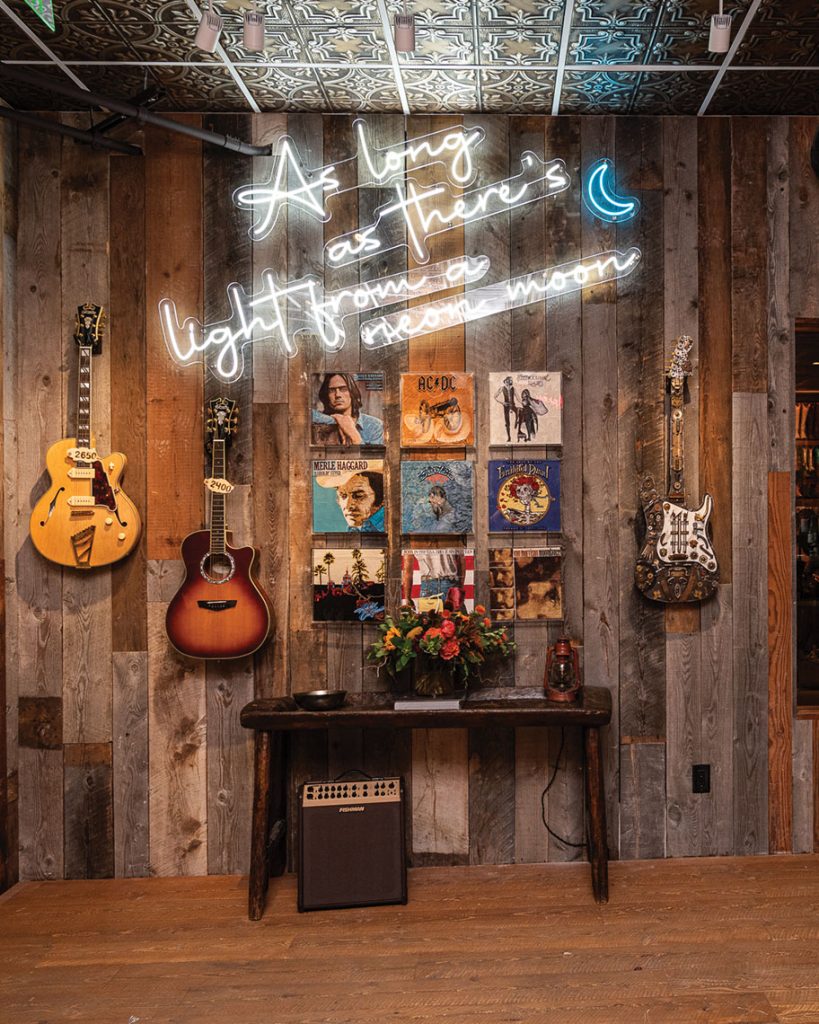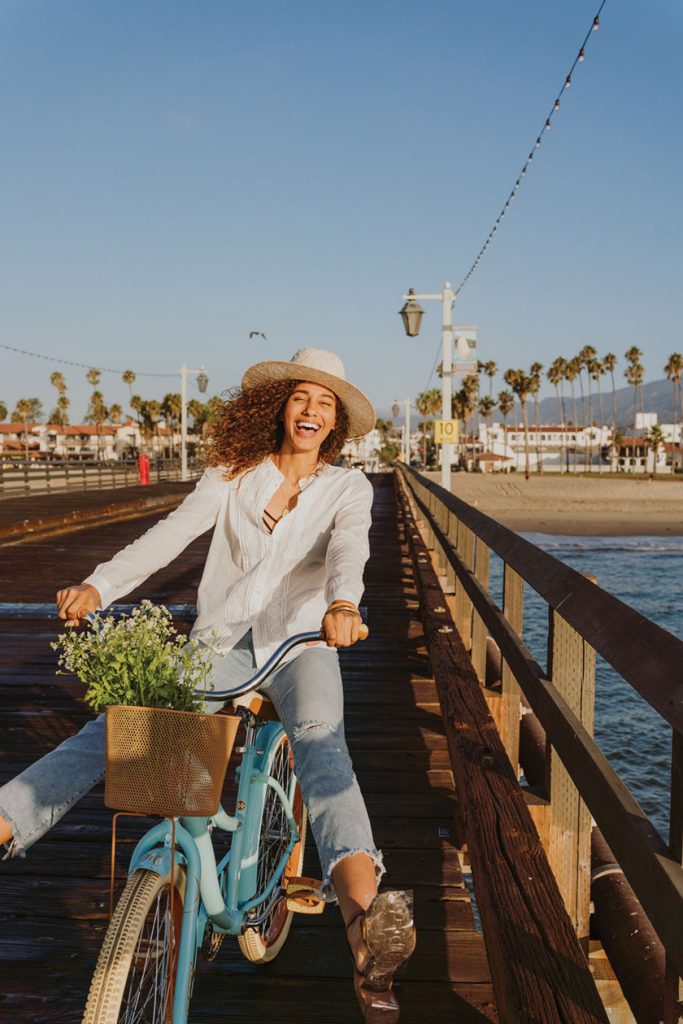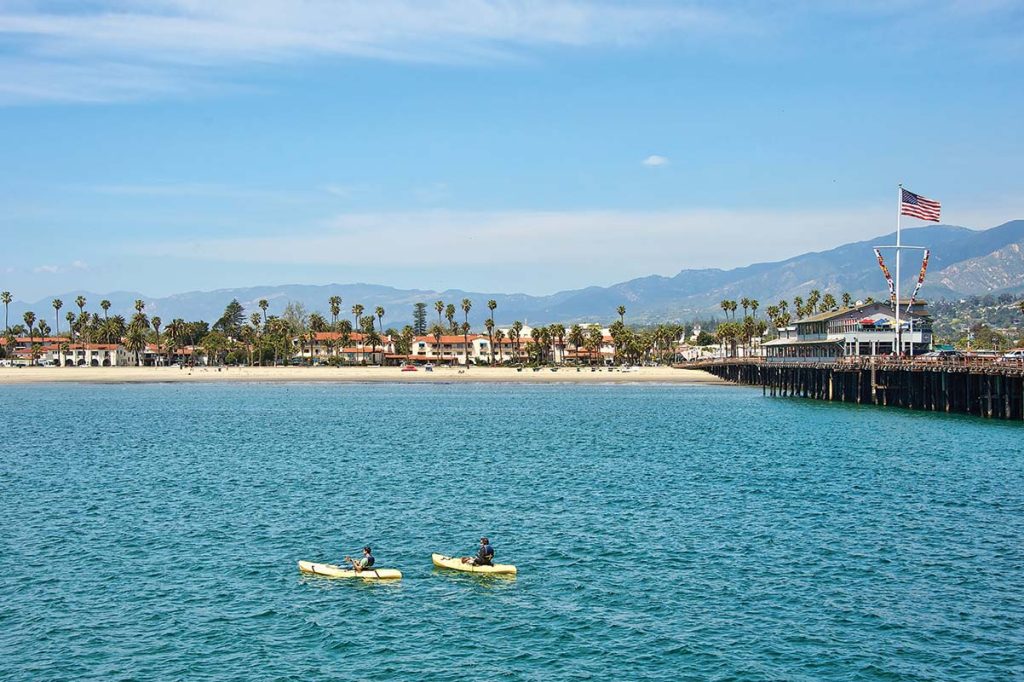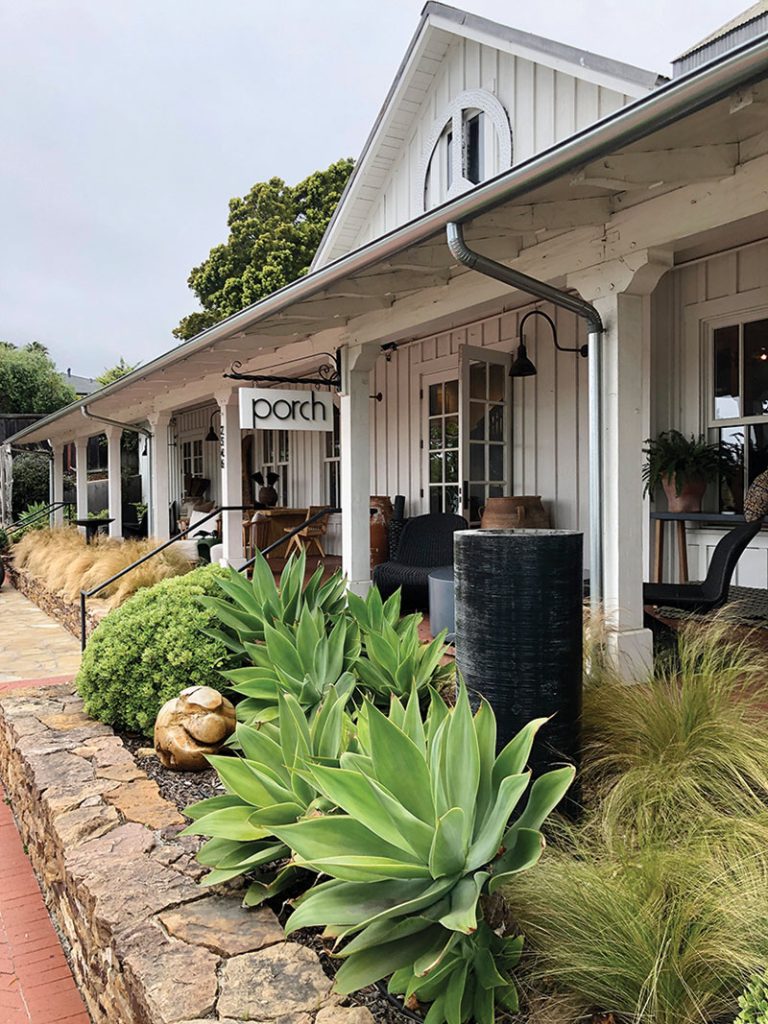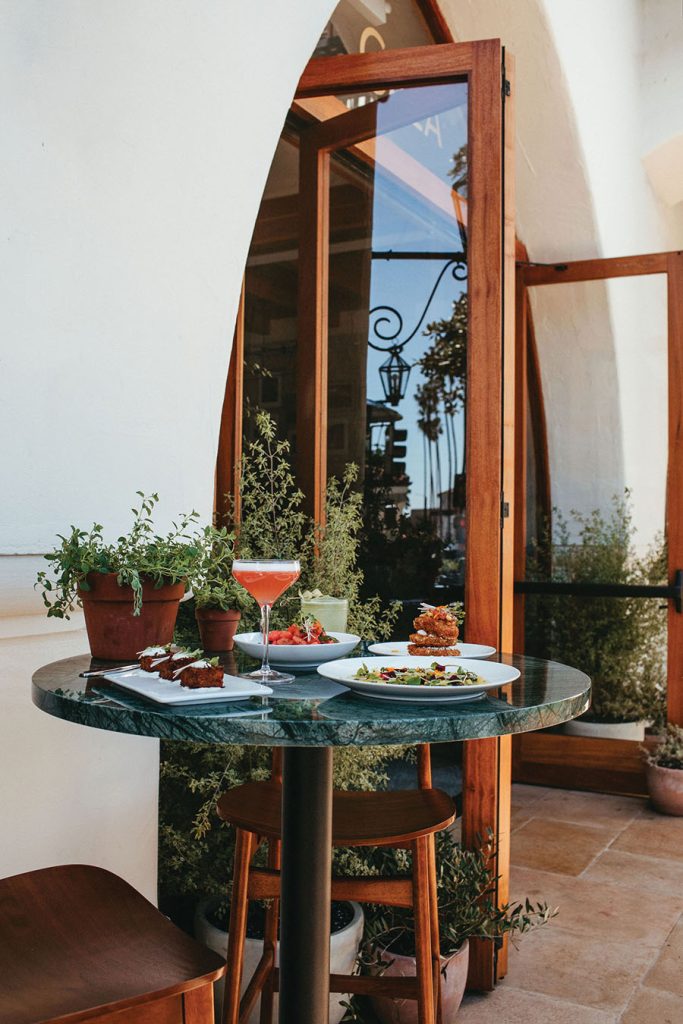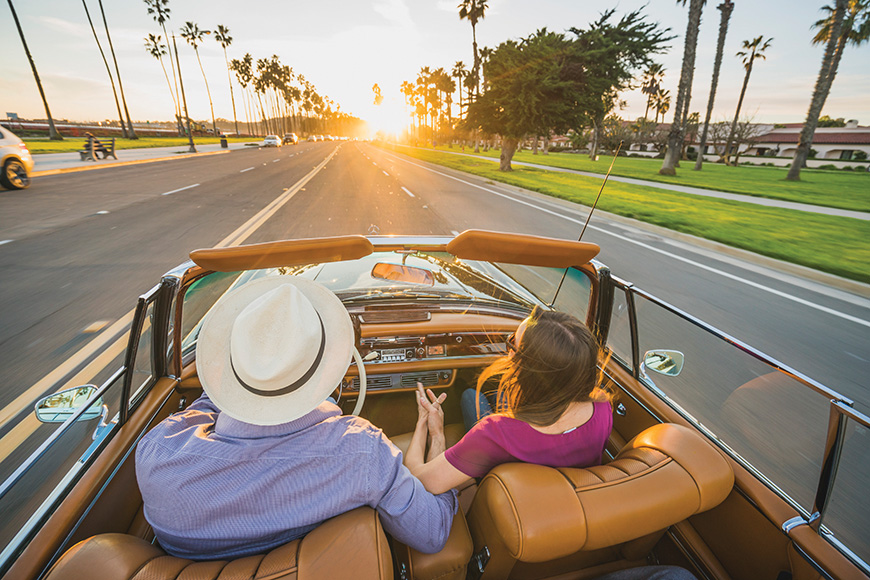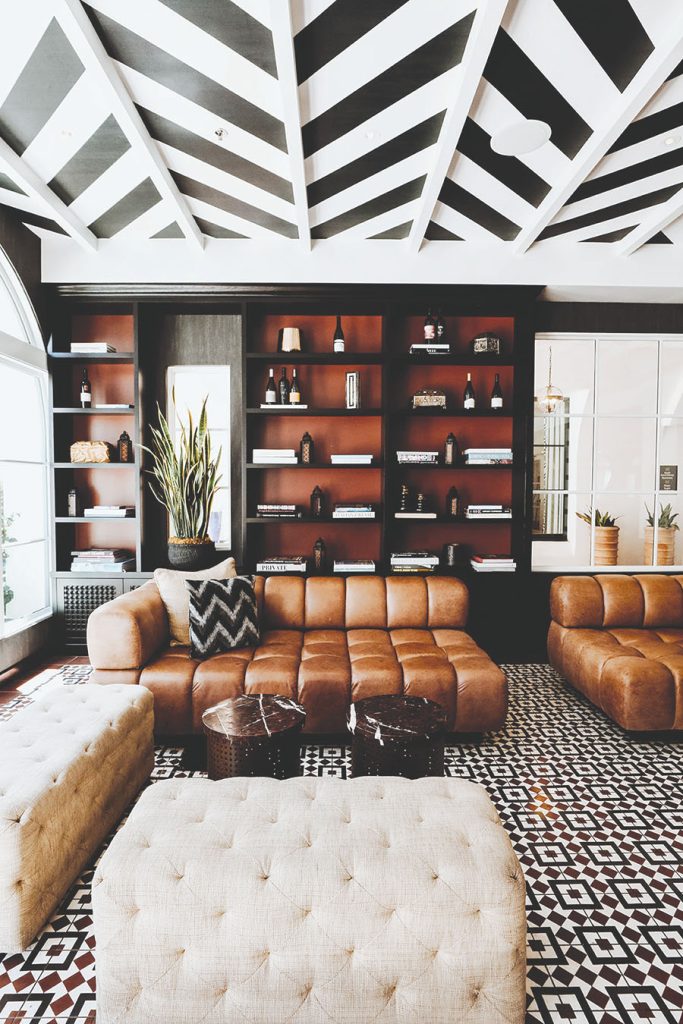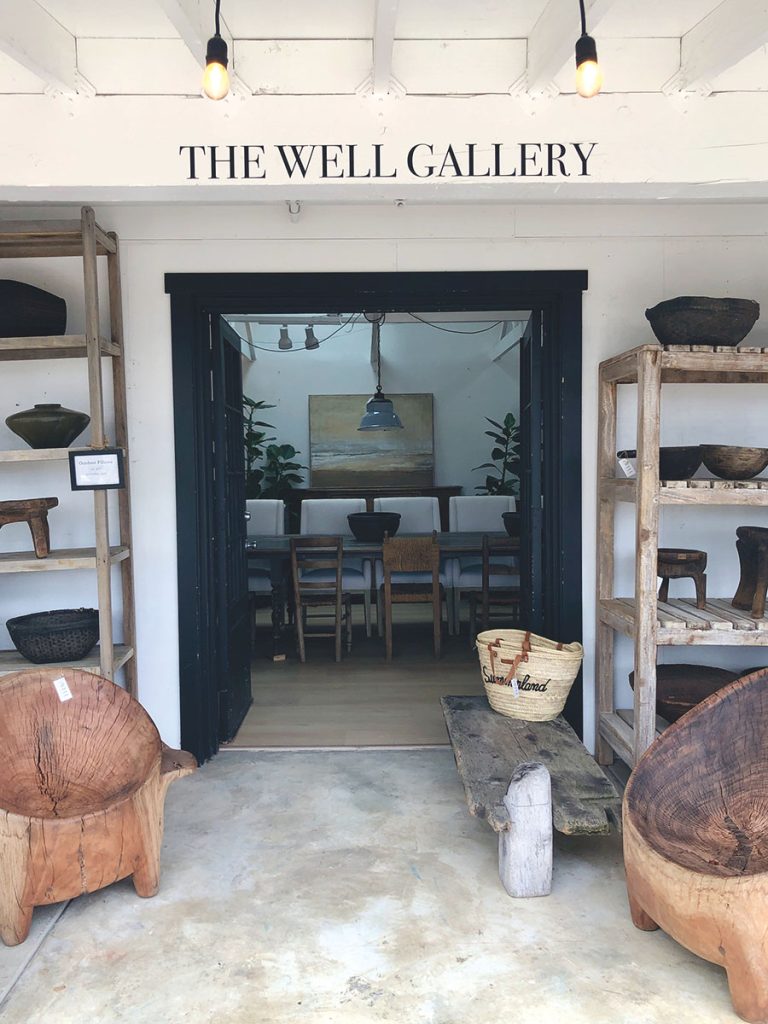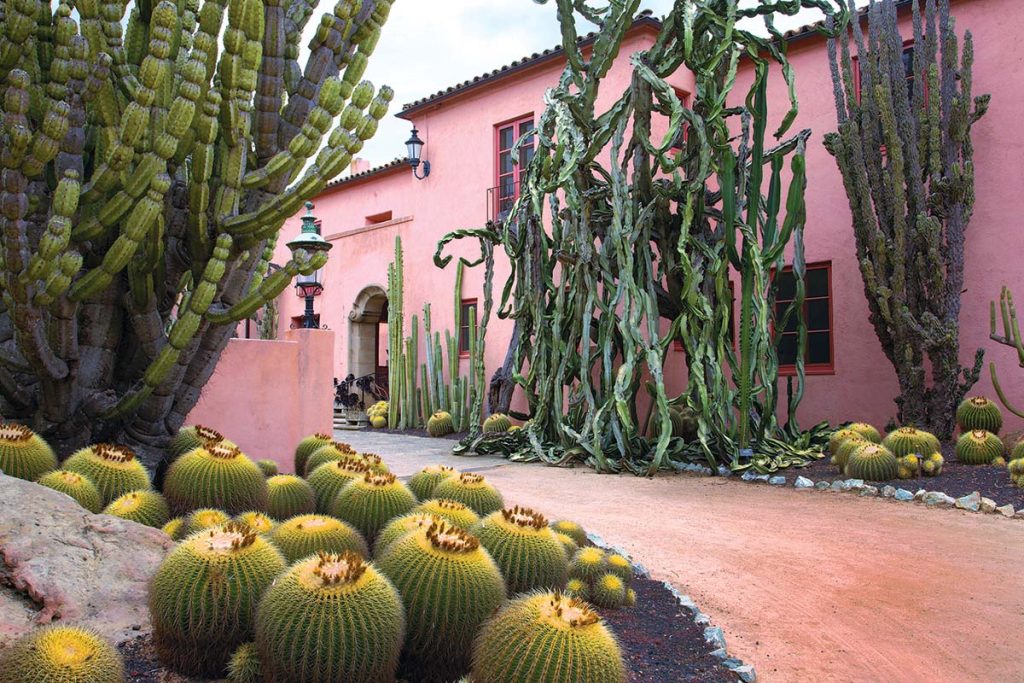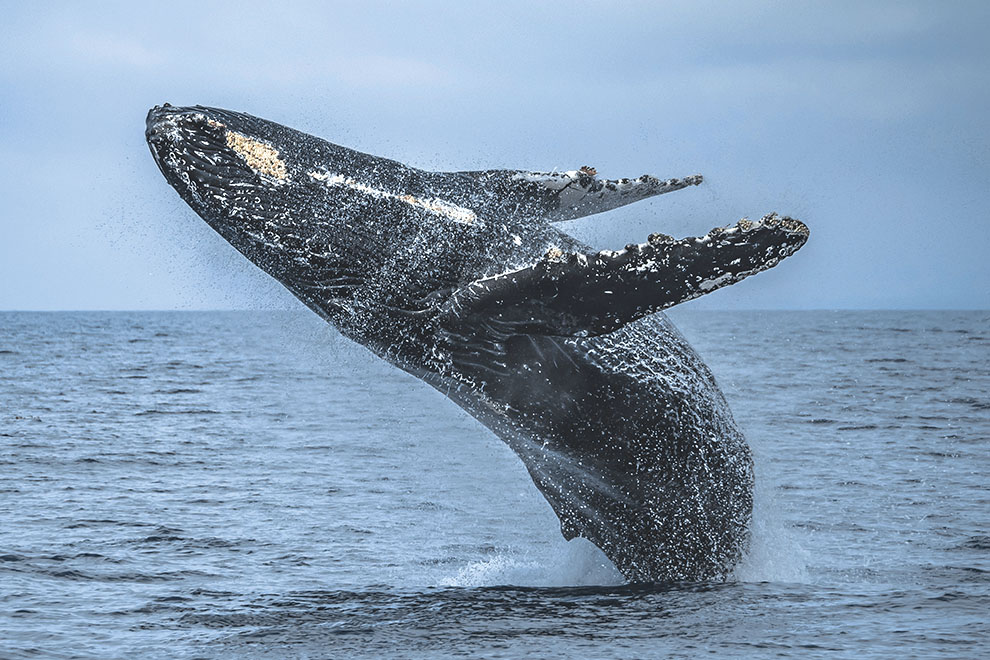
Everywhere we look this season, it seems gardening is being elevated—literally. Raised garden beds are sprouting up in backyards, patios, parking strips and community spaces, transforming ordinary plots into thriving, organized green spaces. And there’s no better time than summer to get growing. Whether you’re harvesting crisp vegetables, tending colorful blooms or trying your hand at both, raised beds offer a beautiful and practical way to garden at full tilt
To help explain why this elevated approach is more than just a trend, USU extension professor Katie Wagner—alongside projects from talented landscape pros—shares ten compelling reasons raised beds belong in your garden plan. From easier planting and longer seasons to fewer weeds and fuller harvests, these benefits make raised beds a summer-smart upgrade you’ll enjoy all year long.
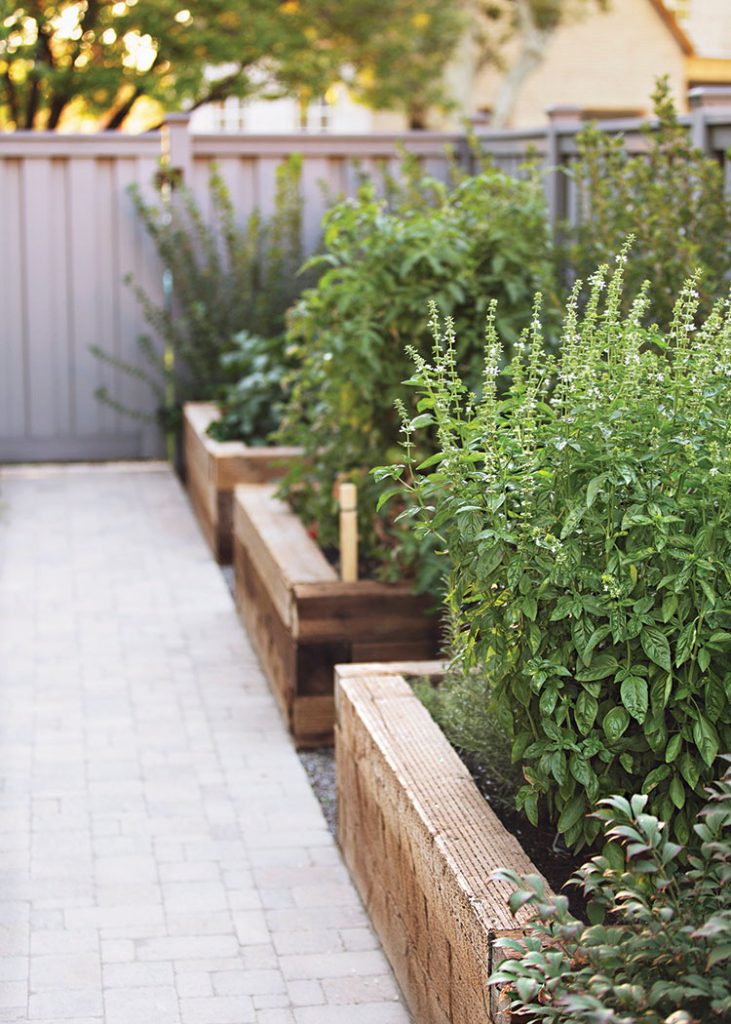
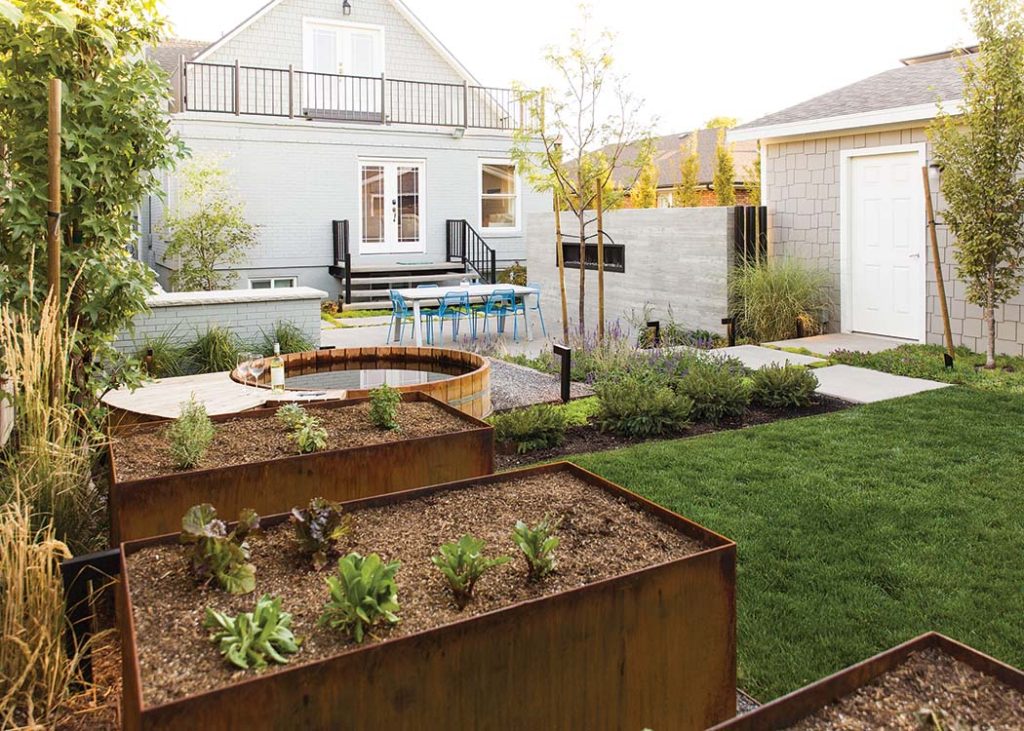
1. Better Soil, Better Plants
With raised beds, you control the soil mix, ensuring optimal nutrients and texture—especially beneficial for gardeners working with poor native soil, heavy clay or sandy conditions. “We typically recommend a mix of native garden soil and a soilless potting mix,” Wagner says, emphasizing high-quality organic matter made for raised beds. This balanced mix promotes healthier plants, better root growth and fewer nutrient deficiencies. However, she adds, raised beds are not the most water-efficient option. “They require more water since they drain and dry out quickly, unlike in-ground gardens. Adding native soil, mulch and organic matter can help improve water retention and soil health,” she says.
2. Improved Drainage
Unlike traditional garden plots, raised beds prevent water from pooling, reducing the risk of root rot. This improved drainage is especially beneficial in regions with heavy rainfall or compacted soil, allowing plants to thrive in a well-aerated environment. “However, depending on how tall the raised beds are, the roots systems of some plants will reach into the native soil beneath,” Wagner says.
3. Less Weeding, Less Hassle
Raised beds’ defined borders help suppress weeds, keeping your garden tidier with less effort. Adding mulch or landscape fabric beneath the soil further reduces unwanted growth. “Control weeds in the surrounding pathways and you’ll reduce the weed pressure around the raised beds,” Wagner adds.
4. Easier on the Back & Knees
Taller bed designs eliminate the need for stooping, benefiting those with mobility issues, back pain or knee pain. Some even feature sitting lips for added ease. “If the material doesn’t support natural seating, like steel, we look for ways to incorporate seating, such as a cantilevered wood bench,” says Landform Design Group’s Jayson King. “With wood or masonry, seating can naturally occur with the right height.” Wagner agrees, noting that while ideal height varies by user, a 3-foot width offers ample room for growth and easy access to the bed’s center from either side.
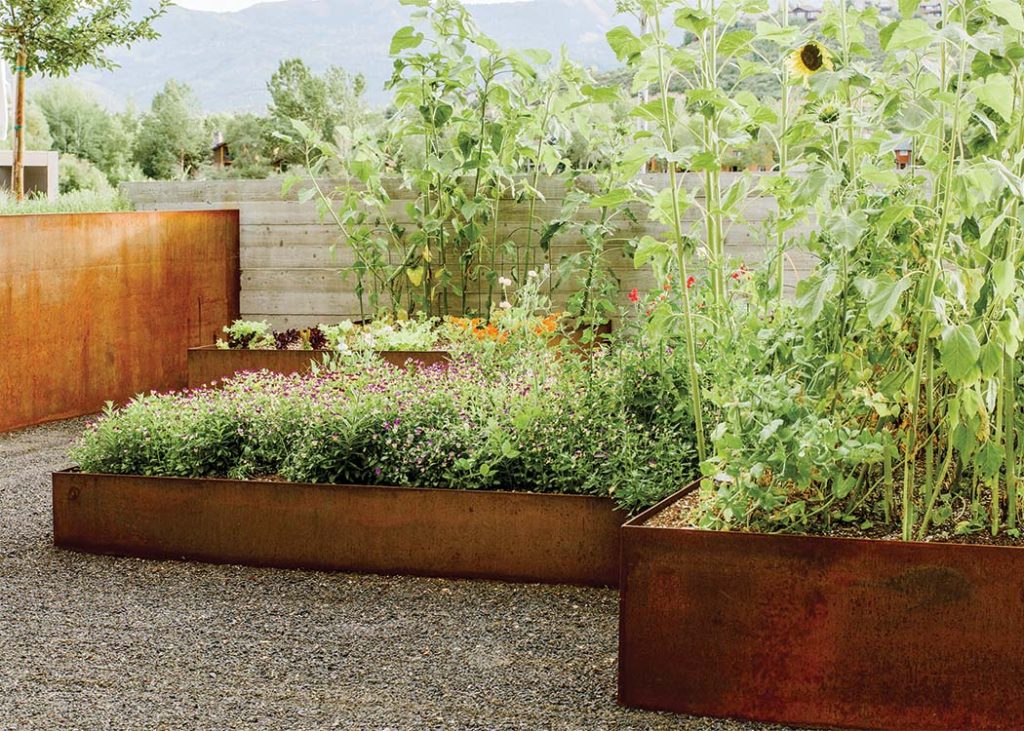
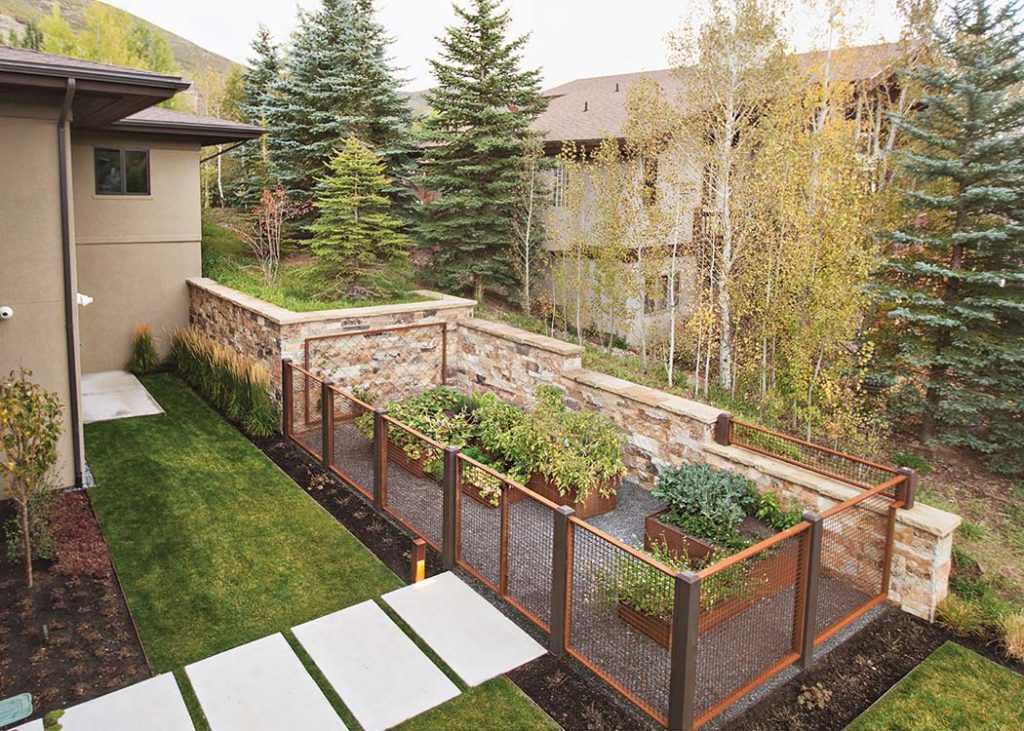
5. Extended Growing Season
Raised beds offer a longer growing season thanks to faster spring warm-up and better fall drainage. You can plant earlier, harvest later and make the most of your space year-round. Plus, they’re perfect for low tunnel covers, allowing use of plastic in spring to retain heat, then swapping to 30% shade cloth in Utah’s hot summer months, Wagner explains. Raised beds also support vertical trellising, which improves airflow, saves space and makes harvesting climbing crops easier.
6. Pest & Critter Control
Raising your garden beds helps deter pests like rabbits and ground insects, especially when paired with barriers like hardware cloth or row covers. “Produce in contact with the ground is much more vulnerable,” says Wagner. “Better air circulation also means less disease pressure.” To prevent pest and disease buildup, she also suggests rotating crops each year—especially within the same plant families, which tend to share vulnerabilities to pests and diseases.
7. Maximizing Small Spaces
Raised beds are a smart solution for small yards, patios and urban gardens, offering a compact, organized way to grow more in less space. Added trellises or vertical supports can increase productivity without expanding a garden’s footprint. Wagner emphasizes the importance of placement and sun exposure.
“Plants need enough space and light to thrive.” What’s more, raising beds above surrounding perennials can also help ensure better airflow and consistent sunlight.
8. A Stylish & Organized Garden
Raised beds’ defined edges create natural walkways and a sense of order, turning any backyard into a functional, attractive space. “In-ground gardens can look messy by comparison,” Wagner says. Material choice depends on style and budget. Rot-resistant woods like cedar or redwood are durable and visually appealing. Metal offers a sleek, modern look but can overheat and degrade over time. Plastic kits are easy to assemble and long-lasting, while cinder blocks
are sturdy but less polished.
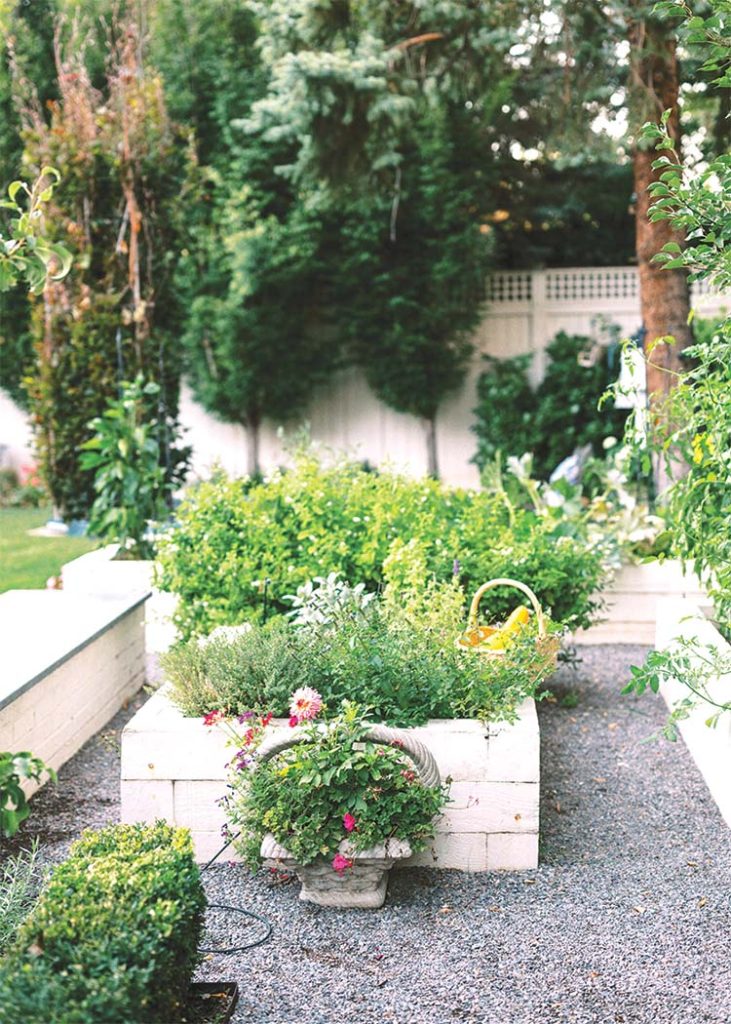
Emily Brooks Wayment. Photo by Mikki Platt.
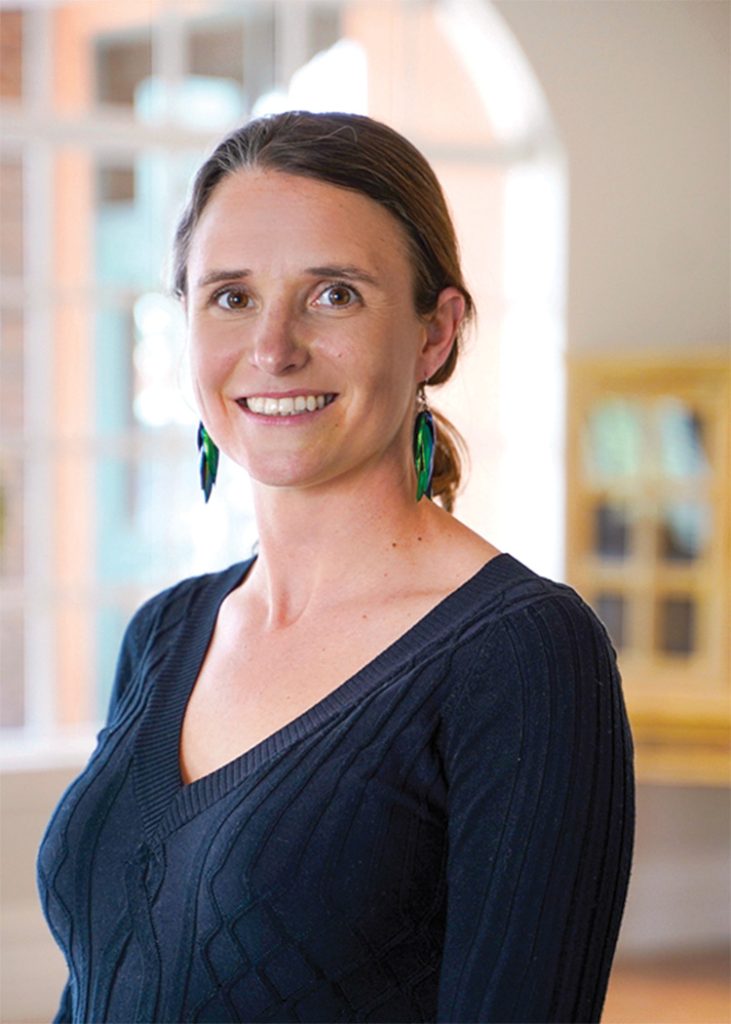
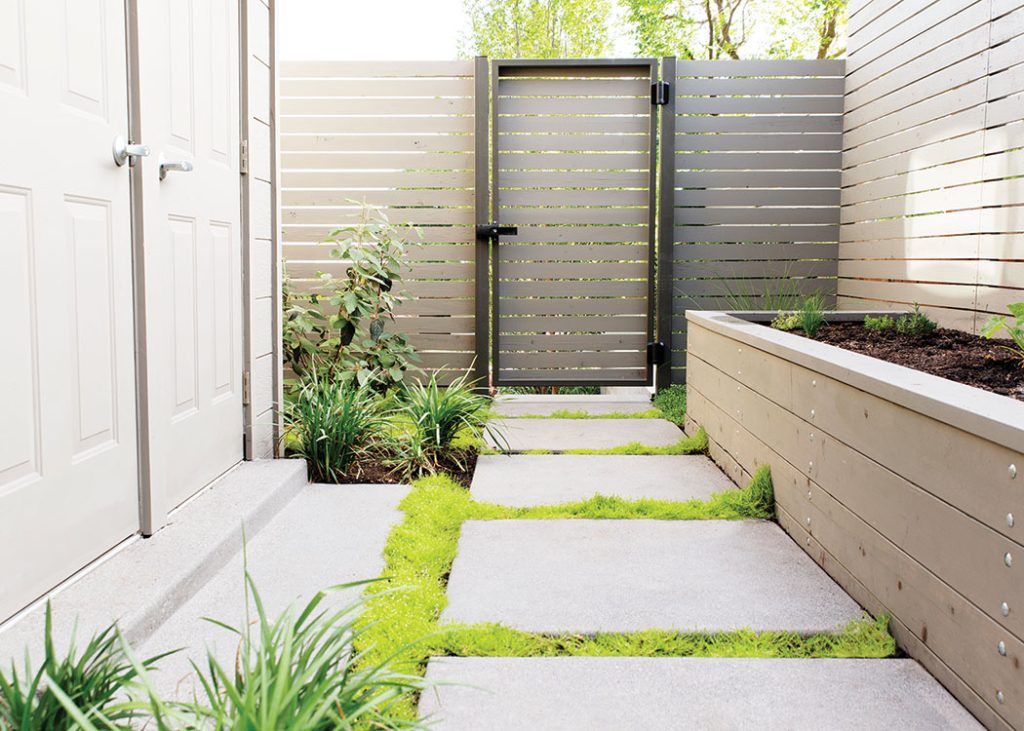
9. Customization & Creativity
From imaginatively used materials to multi-level layouts, raised beds offer endless room for creativity—something both top landscape designers and savvy home gardeners have embraced. Customize their shapes or heights, incorporate built-in trellises or experiment with companion planting to create a garden that’s truly your own. “The sky’s the limit,” Wagner says. “It’s all about making the most of your space.”
10. Bigger Harvests in Less Space
With deep, nutrient-rich soil and efficient spacing, raised beds are ideal for intensive planting and higher yields. Techniques like square-foot gardening or succession planting let you grow more in less space than traditional row gardens. But thoughtful planning is key, Wagner notes: “Nutrient management matters. Make sure plants get enough sunlight and aren’t crowded to the point of shading each other—that can limit productivity.”
Find more of our lifestyle coverage. And while you’re here, subscribe to Salt Lake magazine to receive six beautiful print issues a year!




